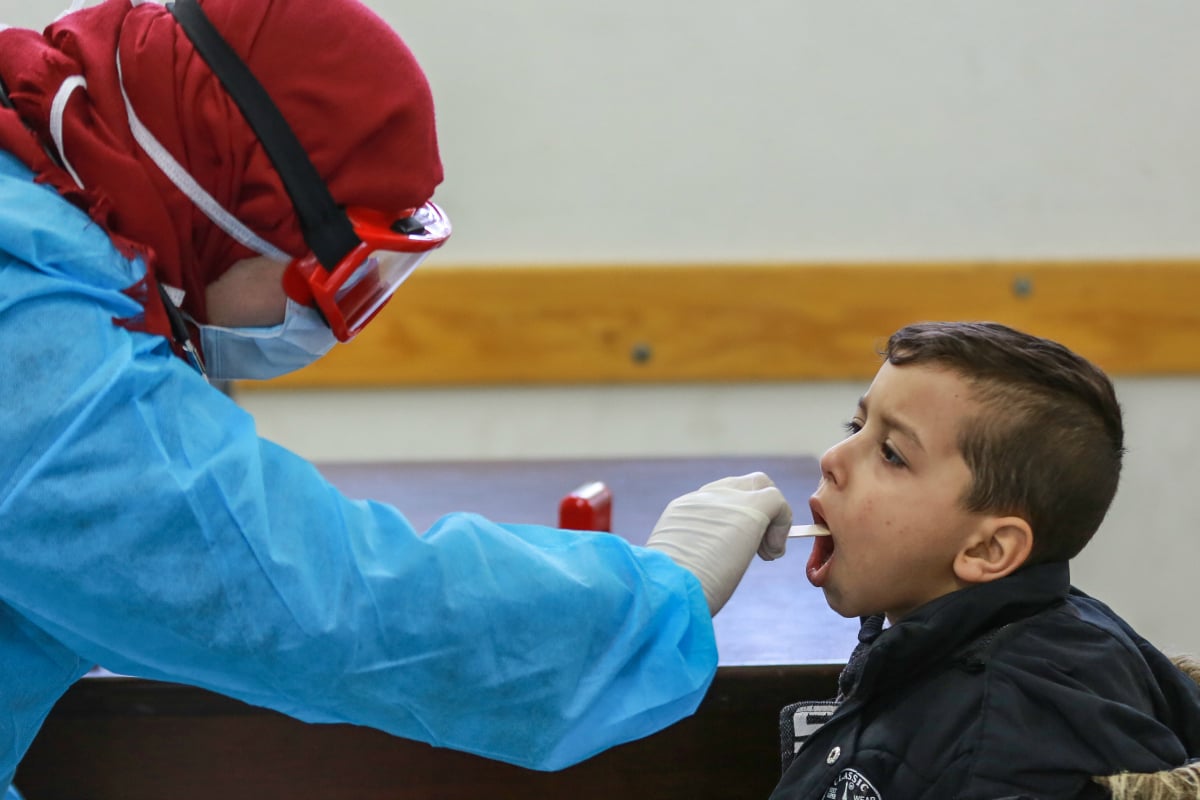
Throughout the COVID-19 pandemic, there’s been a particular focus on the elderly population. We know they are among the most vulnerable of those infected; we’ve had strict limitations imposed on visiting aged-care facilities; and tragically, we’ve seen that the six Australians who have died from the virus were aged 77-95.
But while acknowledging and protecting vulnerable people is an absolutely crucial part of tackling the outbreak, it’s also important that younger Australians don’t mistake this as an ‘old person’s disease’.
People of all ages are being diagnosed: from an 8-month-old infant in South Australia to children, teenagers and people in middle-age. And a small proportion of those also develop serious symptoms.
This is not about fear, it’s about facts, and making sure all of us are taking prevention measures seriously.
Watch: Easy ways to protect yourself from COVID-19. Post continues after video.
Let’s look at the numbers.




























































































